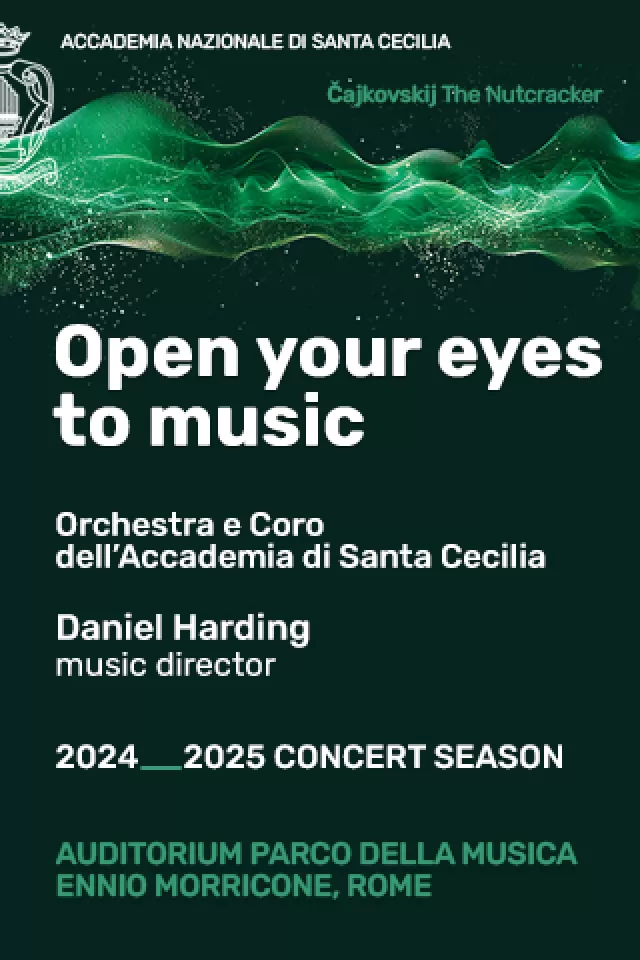Floating down the Tiber
In the posters, they call it the oldest monument in Rome, and so it is, even though its the most recent one to be opened up. The namesakes of matrons from the ancient city show visitors around and hordes of admirers pour over it, especially at weekends, some pointing down into its hidden secrets.
The new sight is the Tiber, and the matrons include Rhea Silvia, the mother of Romulus and Remus; Cornelia, the ultra-virtuous mother of the Gracchi family; and Agrippina the Elder, mother of the emperor Caligula, among others. These are the names of three of the five river boats now plying the Tiber from Tiber Island to the Olympic Stadium a distance of eight kilometres all for 1 per person, one way, on the regular passenger service.
Its been a big success, announced Alberto Tappa, the young top executive of the company running the Battelli di Roma service. But its still regarded mainly as a tourist attraction, not yet as a municipal transport service as the Rome city council also intended it to be and which weve guaranteed to provide under the terms of a two-year
contract. So far, weve only a few commuters.
Having won six tangled legal battles against rival bidders for the contract, Tappas company derived its know-how from a partner, the Paris-based Vedettes du Pont-Neuf. The council financed the purchase of the boats the sleek ones for the regular service built in Malta and the others bought from Venice as well as the six landing stages. The council also decided the fares.
In addition to the regular, would-be Roman commuter service (see below for timetable), the company lays on tourist cruises with headphone commentaries and nighttime sailings with dinner aboard.
One daytime passenger, Leda, who was on an outing from
Latina with her husband, was not too impressed by the boat service.
Its alright, I suppose, but what can you see with all these walls
sticking up?
She meant the high, sheer-sided embankments, which turn the Tiber into a watercourse at the bottom of a deep trough from which the city itself is almost invisible. But the real discovery is of how the Tiber has revived since the sewage filter plants were put to rights. Fish rise every so often and fishermen actually hook them; ducks squawk everywhere; seagulls and other birds swoop around; the current is fast and the river odourless. Knots of immigrants have set up neat shelters under the bridges, with mattresses, folded blankets, stoves and even tidy stacks of clean glasses. Drug addicts and tramps in rags seem to have gone. But when the embankments peter out upstream from Piazza del Popolo, the boats burst into what seems like open countryside and the river is lined with trees and dense, lush vegetation that moves faintly as river beasties scurry along the impenetrable banks.
Im Roman, said Rita, also with her husband. Weve never done this trip before so we took the chance when cousins from Perugia came to stay with us. Now, were glad to be doing it. Theres so much to see.
In the wheelhouse, Captain Piero Ranucci, with 30 years of navigating the Tiber behind him, said: Yes, were full and theyre all tourists, but Italian tourists. We get very few foreigners. I dont think the service has been publicised enough. He laughed: But seeing the loads were getting already, thats perhaps a good thing.
He agreed that weaving down the Tiber may seem a bit tricky to an outsider, but said it was simply a matter of knowing what he called the road, and all the submerged obstacles on either side of it. Then, just upstream from Ponte Sisto, he sprung his surprise. Look down there to your right at that dark patch. All the way between the bank and midstream are ancient Roman houses and a market. See? Look straight down, there, at their walls. After all these years! And see there? The tops of wooden poles from Roman times. Approaching Ponte S. Angelo, he pointed at what looked like great, jagged, half-submerged boulders. That was part of the Bridge of Nero, he went on, and suddenly it seemed as if nobody had bothered to clean up after history.
Landing stages are near these bridges: Garibaldi, Sisto, S. Angelo, Cavour, Risorgimento, Duca dAosta. The regular service sets off daily from Ponte Garibaldi at 08.50, 09.55, 10.55, 11.20, 11.50, 12.50, 16.00, 16.50, 17.55, 18.55. Cruises with commentaries set off daily at: 10.00, 11.30, 15.30, 17.00. Tickets cost 10. Dinner cruises leave Ponte S. Angelo at 20.00. Tickets
cost 43 per person. For information and bookings tel. 066789361, see www.battellidiroma.it. Boats to the excavations at Ostia Antica set off from the former dog race track (cinodromo) at Ponte Marconi on Fri, Sat and Sun (and Tues, Wed and Thurs on booking) at 09.15, arriving at Ostia Antica at 13.30,
returning at 15.45. Tickets cost 10 one way and 11 return.
Picture: The new river service cruises between the Tiber embankments.

















